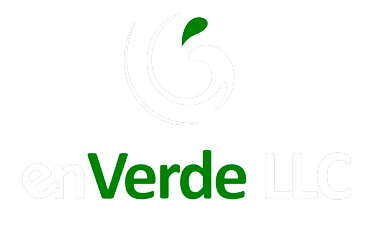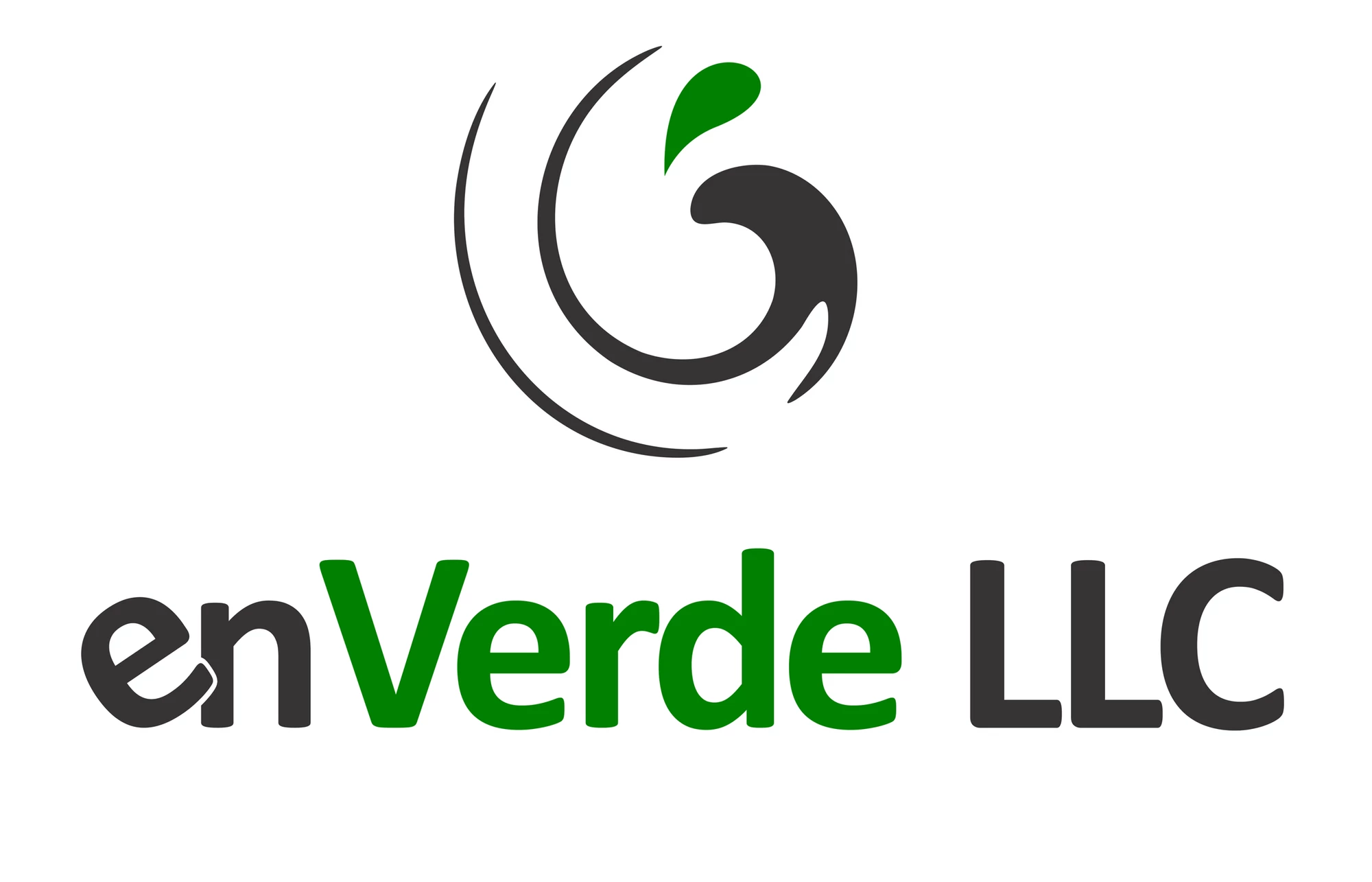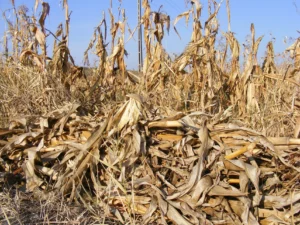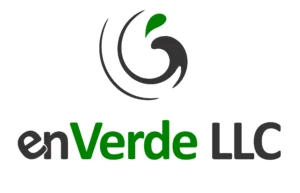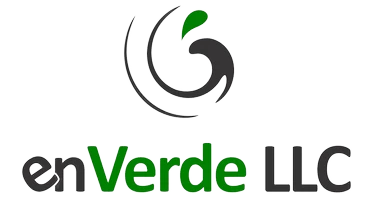enVerde has selected a technology, part of the family of processes known as thermochemical conversion, which we have named eVp (enVerde Processing). It is our flagship technology for our commercialization actions. Thermochemical conversion is the technology combining heat with other operating parameters (pressure, vacuum, catalysts/chemicals) to deconstruct carbon-containing materials, for example, biomass, into smaller molecules. Essentially the methodology takes bigger molecules and breaks them apart into smaller molecules that can be used as energy sources or as chemical precursors for reconstructing, or upgrading, them into new molecules for energy or chemical applications. This allows us to take non-traditional materials, such as carbon-containing wastes, and transform them into useful materials: renewable and sustainable energy and chemicals.
We believe our eVp technology provides step change advancements ahead of the industry. There are many types of thermochemical conversion technologies and not all processes work the same way. For example, traditional pyrolysis technology heats feedstocks to various temperatures in the absence of oxygen. Others deploy hydropyrolysis, a technology which applies heat to feedstocks in the presence of water. In our case, enVerde wanted to identify a technology that was sustainable, renewable, economical, and environmentally friendly. We also wanted to learn from other’s experiences, both the successes and the failures, so we could better position ourselves for commercialization success in part by managing the risks associated with new technology. Those lessons also help assure the directions we pursued provide for a very viable long-term business.
There are three phases that can be produced by enVerde’s eVp technology: gas, liquids, and solids.

- The gas produced is called syngas, short for synthetic gas, and it is a mixture of gases including hydrogen and carbon monoxide (our targeted gases). Depending on the starting feedstocks and the processing utilized, syngas may include a number of other constituents including carbon dioxide and methane. Syngas can be used as an energy source for systems such as electricity generators and boilers. Think of it as an alternative for natural gas or propane in industrial applications. It can also be used as a chemical precursor for a wide range of chemical reactions and products sourced from sustainable waste streams.

- The liquids are primarily oils with complex combinations of various molecules analogous to a simpler version of crude oil or heating oil. The oils can be used for boiler applications, upgraded to other fuels, or further refined.

- The solids are called char and are usually highly comprised of carbon. It will often look like coal dust or graphite. The can be used in multiple applications including soil amendments or solid fuel supplements (e.g. coal).
enVerde’s eVp thermochemical technology utilizes catalysts to drive the conversion processes of feedstocks into clean green energy and chemicals. eVp technology provides several key differentiating advantages, including:
- Exothermic reactions. Once the catalyst is properly heated, the feedstocks used provides the energy for the chemical process to occur. No additional external heating is required. This is a big energy savings and helps make the process show a very strong energy balance.
- Small footprint. The types of equipment required, including the reactor, lessens the size, or footprint, required for the processing to occur. It also facilitates making the system modular and even mobile.
- High yields. In general, the overall percentages of converting feedstocks to the desired end products of syngas, oil, or char are far greater using enVerde’s processes than other methods. For example, traditional pyrolysis processes have yields that generally range from under 50% to something in the 70% range on the high end. eVp can drive certain feedstocks to as high as a 98% conversion.
- Normal operating conditions. Unlike other technologies where pressure, vacuum, the removal of air/oxygen, and/or the use of water are required, eVp does not require these conditions. In fact, we operate under normal atmospheric (pressure) conditions and air is actually an integral part of our processes. Operating as we do lessens the need for specialized capital (pressure vessels, vacuum pumps, inert gases for purging, etc.) and operating expenses (e.g. energy, inert gases, water).
- Speed of reaction. Some thermochemical processes take place over minutes, hours, even days. Our process is almost instantaneous and occurs in milliseconds. This decreases costs, storage requirements, monitoring systems, etc. Being able to quickly convert feedstocks helps decrease supply chain complexities, logistics, and costs. You can use what you make almost immediately.
